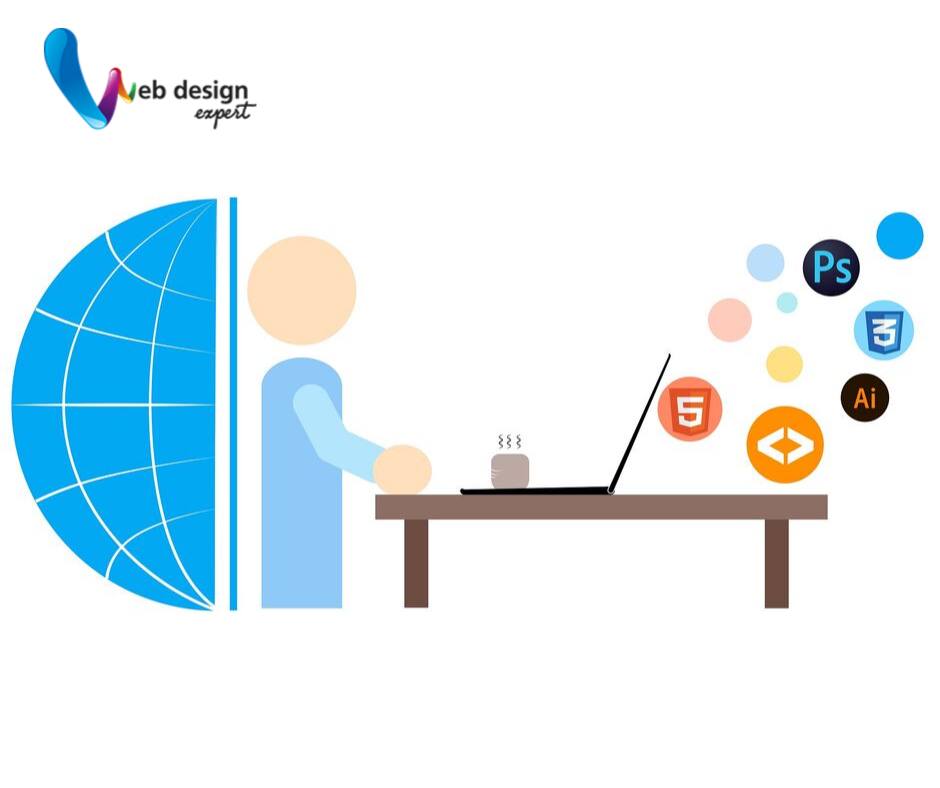5 ESSENTIAL ELEMENTS OF RESPONSIVE WEBSITE DESIGN
While developing a website for your business, access and browsing through mobile devices is something that cannot be ignored. Therefore, responsive website design is created in a manner to respond and adapt to the type of computing device used by the visitors to display the site. It is a type of website design that looks good irrespective of the size of the monitor display. Be it large desktop LCD screens, smartphones or tablets, the display of such websites are at any size is fully compatible and functional. Following are the five elements that are essential for an effective responsive website:
I. Consistency
Inconsistencies and frequent lags in the browsing experience across different platforms will frustrate the visitors on your site, leading to an increase in bounce rates and large-scale page abandonment. Make sure that information is easily accessible throughout your website. Especially, the navigation menu, key content and contact details should be distinctly available.
II. Compatibility
Any prominent web design company or expert developers place a high priority on ensuring that their design is accessible across platforms with a considerable number of users. Internet users roughly spend an equal amount of time on their phone as well as computers. Hence, compatibility across platforms must be scrutinized during the design process itself.
III. Intuitive Navigation
The quality of the user experience is largely dependent on navigation elements of a website. The visitors want to intuitively be able to find all that the website offers without hassle. That being said, menus are indispensable in defining the navigability of your site.
IV. Whitespace
Experts agree that whitespace function as amplifiers that help visitors focus on the displayed content. In a practical sense, responsive website design focuses on providing users with a comfortable browsing experience. Ideally, the padding and margins should also appear on smaller screens. Font sizes and line spacing should adjust to the amount of whitespace on screen.
V. Optimized Images
In spite of improvements in internet speed, image optimization continues to be a crucial factor when it comes to effective responsive design. A large section of internet users is most likely to access your website via cellphone connections instead of superfast broadband. Therefore, time is the most important consideration while optimizing images. Loading time can make user’s run out patience subsequently leading to page abandonment.
Needless to say, your website should maintain consistency in display across all major devices, be a pleasure to read and navigate through and essentially load in a snap. If it fails on any of these parameters, you have to undertake correctional work. Any renowned web design company will suggest retrofitting responsiveness into a previous design in case your current website design is not supported on all devices. However, building the site from scratch is the most viable course of action.
Hence, for any forward-thinking businesses, a fully operational responsive website is a legitimate criterion as they are heavily reliant on sales owing to their web presence.


